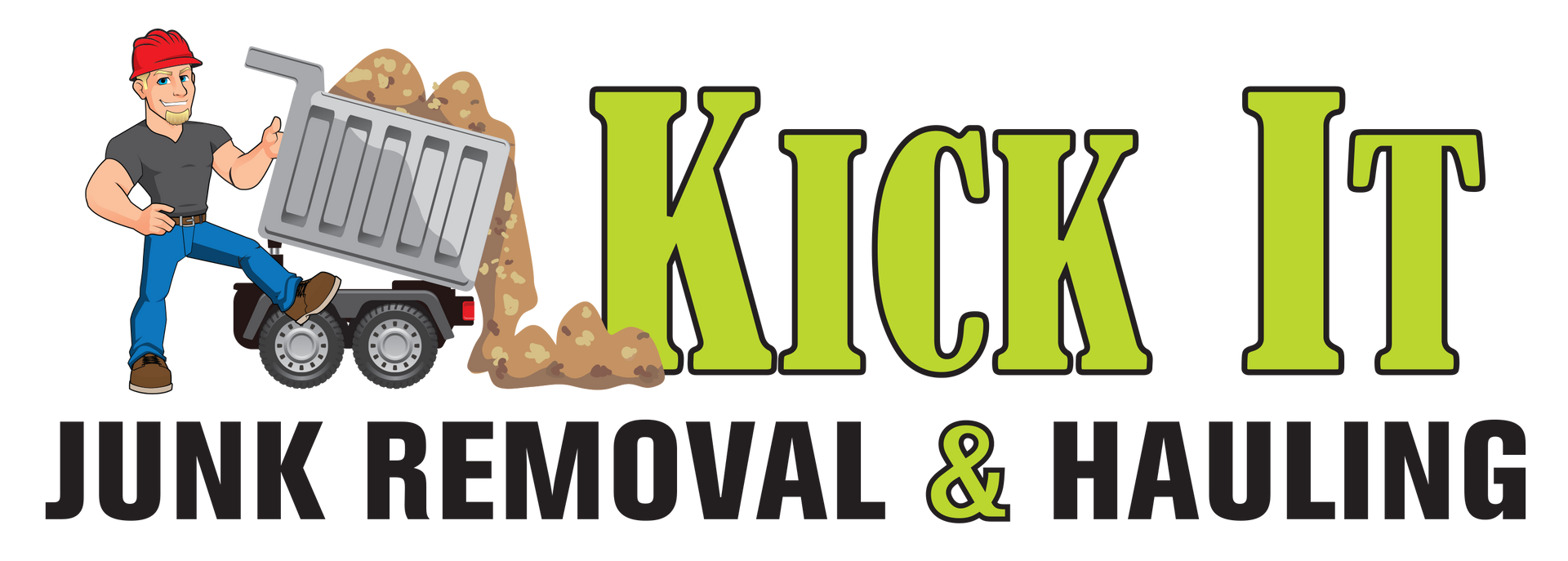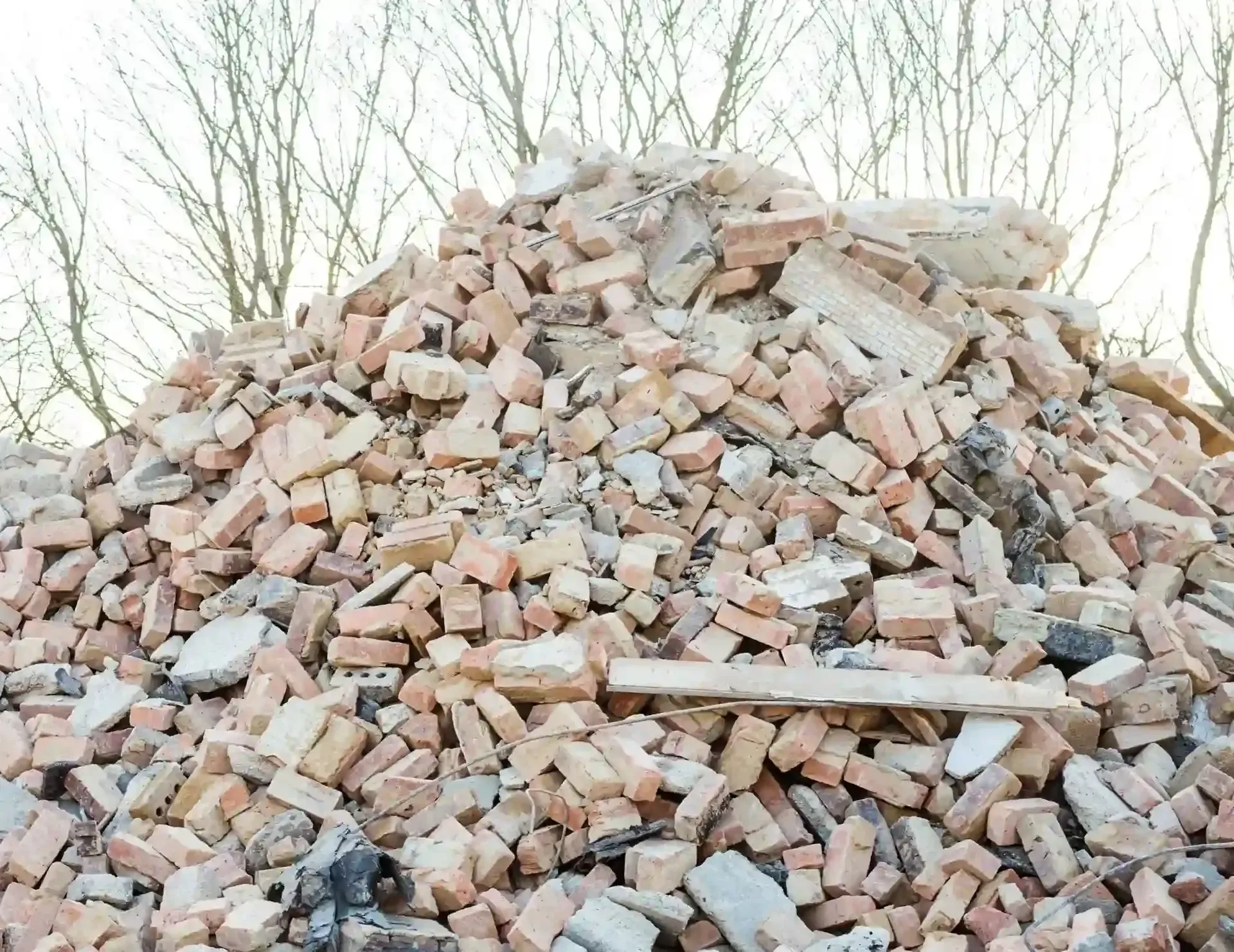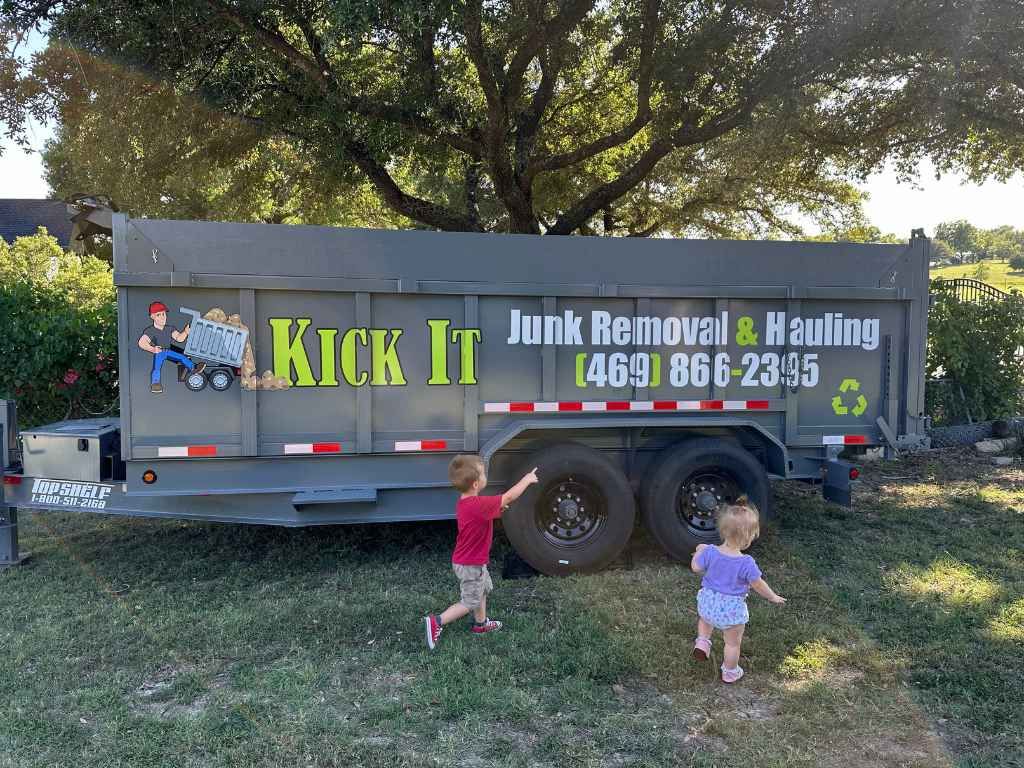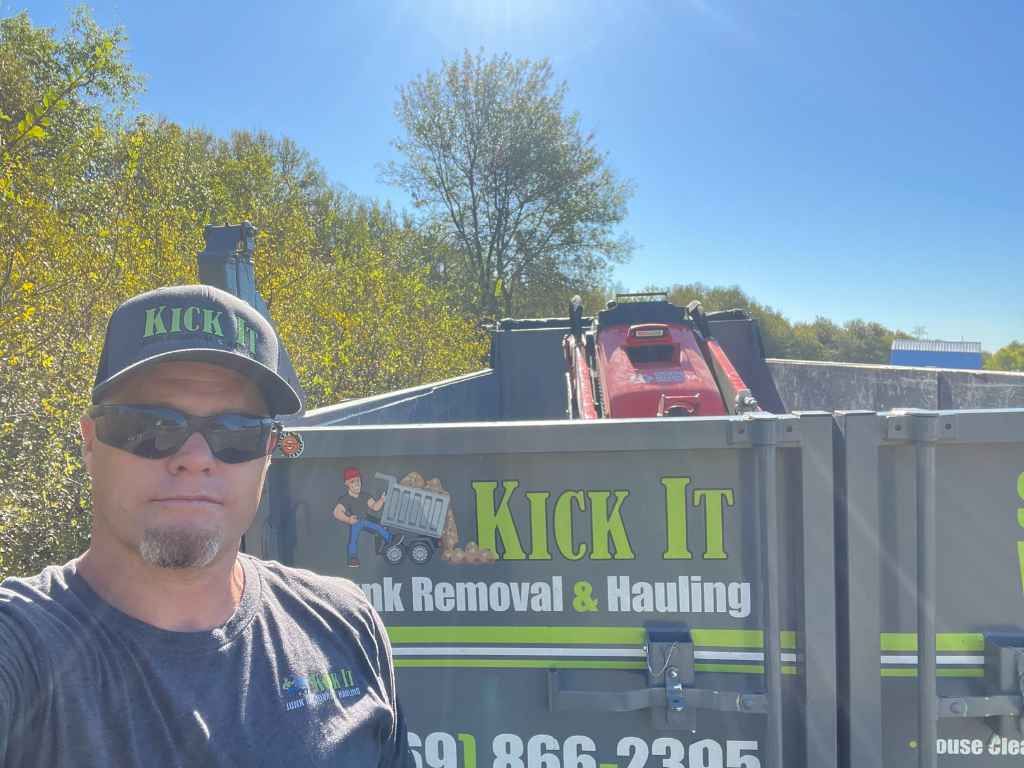How to Safely Remove and Dispose of Old Fencing
Removing an old fence from your property can seem like a daunting task, but with the right preparation and approach, it doesn’t have to be overwhelming. Whether your fence has deteriorated over time, been damaged in a storm, or simply no longer suits your needs, safely removing it is essential. The process involves more than just tearing down posts and panels—it requires careful planning, the right tools, and responsible disposal methods to ensure everything is handled properly.
Understanding the type of fence you’re dealing with, along with the necessary techniques for dismantling it, can make the job much easier. This guide will walk you through the steps to efficiently and safely remove and dispose of your old fence, helping you get the job done with minimal hassle.
Step 1: Assessing the Situation
Before diving into the physical labor of tearing down your fence, it’s crucial to evaluate the condition of the fence and surrounding area. Not all fences are made of the same materials, and some will require more care during removal. Take a moment to inspect the type of fence you're dealing with—wood, metal, vinyl, or even concrete. Each material has different removal challenges and will require its own approach to demolition.
- Wooden fences may have rot or weakened sections that can be hazardous during removal. A rotting fence could collapse unexpectedly, making it important to wear protective gear and ensure stability before starting.
- Metal fences, while generally more durable, often come with rust or corrosion that can create sharp edges. Additionally, these fences might be heavier, meaning you'll need proper equipment or help to lift the posts.
- Vinyl fences are generally lighter but more fragile. These may crack or shatter if not handled with care during the removal process.
- Concrete fences are the heaviest and most difficult to remove. In many cases, professional help may be required to break down and remove this kind of fencing.
Step 2: Gather Your Tools and Safety Gear
Once you’ve assessed the fence’s structure and identified potential risks, it’s time to gather the necessary tools. Proper tools ensure the job is done safely and efficiently. Here’s a list of equipment you may need:
Tools:
- Post Puller or Fence Post Remover: This is especially important for removing deep-set fence posts.
- Sledgehammer or Crowbar: To help break apart wooden or metal fences and loosen posts.
- Pry Bar: Useful for removing nails or screws from wooden fences.
- Saw or Reciprocating Saw: For cutting through metal, vinyl, or wooden panels.
- Gloves: Protect your hands from sharp edges or splinters.
- Safety Glasses: Protect your eyes from debris.
- Dust Mask: Prevent inhalation of any dust or chemicals.
- Work Boots: Ensuring your feet are protected from heavy materials.
Safety Gear:
Safety should always come first, especially when working with potentially hazardous materials or in challenging environments. A sturdy pair of gloves will protect your hands from cuts, splinters, and debris. Safety glasses or goggles are essential to protect your eyes from flying debris, nails, or splinters. Steel-toe boots are an absolute must to avoid injury from heavy materials, and long sleeves and pants will further protect you from scrapes or more serious cuts.
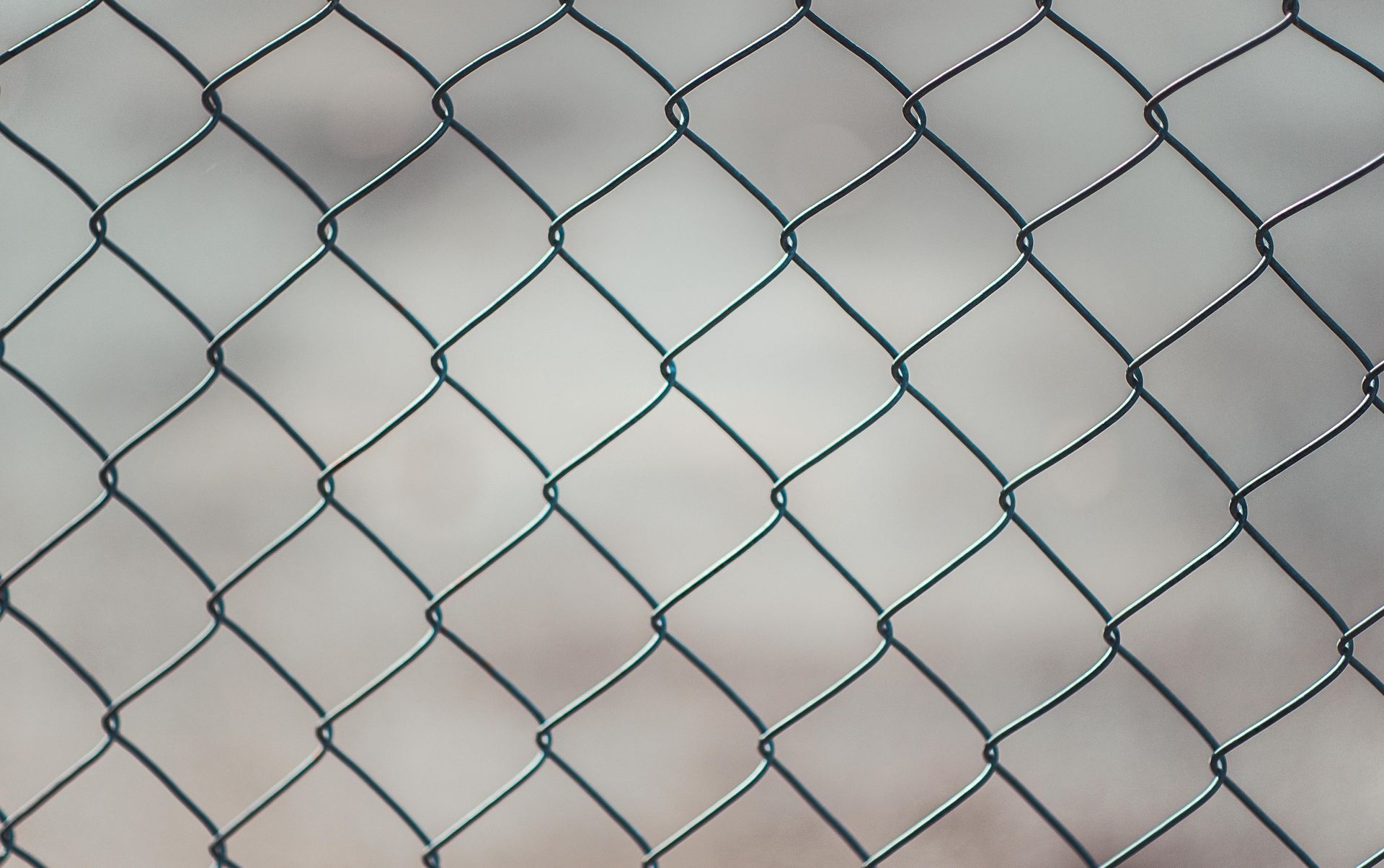
Step 3: Planning the Removal Process
Removing an old fence doesn’t just involve tearing down the structure—it requires careful planning. The last thing you want is to get halfway through the job and find out that you didn’t prepare properly, leading to a chaotic or hazardous situation. Here are some considerations before you get started:
- Check Property Lines: Before starting, ensure that you are working on your property. It might seem like common sense, but sometimes fences can be shared between neighbors. Make sure you’re not accidentally tearing down something that doesn’t belong to you.
- Locate Utilities: If your fence is near utility lines, including water, gas, or electrical lines, be sure to call the appropriate service providers to mark the lines before you start digging or removing posts. This step can prevent accidents and costly repairs.
- Plan for Disposal: Fence removal doesn’t just end with the structure coming down. You need a plan for how to dispose of the material. Will you haul it away yourself or hire a removal service? Make sure to plan for disposal so the debris doesn’t pile up and become a safety hazard.
Step 4: Tearing Down the Fence
Once you’ve planned your approach and gathered the necessary tools, it’s time to start the demolition. Depending on the type of fence you have, this process can vary.
Wooden Fences:
Wooden fences typically consist of several posts and horizontal panels. The most important step in removing a wooden fence is to carefully remove the panels first. This can usually be done by unscrewing or prying the nails out with a crowbar or pry bar. Afterward, focus on removing the posts. Wooden posts are usually set in concrete, so you’ll need a post puller or a sledgehammer to loosen them. Be cautious when pulling out posts as they can be heavy and difficult to handle.
Metal Fences:
For metal fences, the removal process is a bit more challenging due to their durability and weight. Start by unscrewing or cutting the bolts that attach the fence panels to the posts. If you’re dealing with a welded fence, you may need a reciprocating saw or an angle grinder to cut through the metal. Removing the posts themselves will require tools like a post puller or a sledgehammer, and in some cases, you may need to cut them off at the base.
Vinyl Fences:
Vinyl fences are typically easy to remove, but care must be taken not to crack the panels. Start by unscrewing the panels or cutting through the vertical posts if necessary. Vinyl is lighter than other materials, so you can generally handle it alone, but be mindful of the fragility of the material.
Concrete Fences:
Concrete fences can be extremely difficult to remove without professional help. They are heavy and often require specialized equipment. If you're trying to do this on your own, you’ll likely need a jackhammer or a concrete saw to break up the posts and panels. These tasks can be physically demanding, so it's often best to leave concrete fence removal to the experts.
Step 5: Disposing of the Old Fence
Once the fence has been dismantled, the next step is disposing of the materials properly. The disposal of old fence materials is not just a matter of hauling them to the curb—it’s an important environmental consideration as well. Certain materials can be recycled, while others should be disposed of according to local regulations.
Wooden Fences:
Wooden fence panels and posts are typically biodegradable, but they may contain nails or screws. Make sure to remove any metal parts before disposing of the wood. If the wood is untreated, it can be composted or used for firewood. If it’s treated with chemicals, like pressure-treated wood, it must be disposed of properly in a landfill.
Metal Fences:
Metal fences can often be recycled. Steel and aluminum are valuable metals that can be repurposed and reused. Many recycling centers accept metal fencing, so take your materials to one of these locations to reduce waste.
Vinyl Fences:
Vinyl fences can be challenging to recycle, but some centers do accept them. If you can’t find a recycling center in your area, consider contacting a junk removal service for proper disposal.
Concrete Fences:
Concrete is one of the most difficult materials to dispose of, but it can be recycled in certain circumstances. You may need to contact a specialized concrete recycling facility to handle this type of waste.
Step 6: Professional Help
If you find that removing your old fence is more than you can handle, hiring a professional junk removal service is a great option. These services come equipped with the right tools and expertise to safely remove and dispose of your old fencing quickly and efficiently. Professionals can also ensure that materials are disposed of in an environmentally responsible manner, reducing your carbon footprint.
Essential Tips for Safely Removing and Disposing of Old Fencing
Removing and disposing of an old fence can be a challenging yet essential task to maintain the appearance and safety of your property. Whether you're replacing a worn-out fence or clearing space for a new one, understanding the process is crucial. The materials, tools, and techniques you use will depend on the type of fence you’re removing, making the task a bit more complex.
Before you start, it’s important to assess the fence’s material and condition. This helps in determining the right removal method. Wood, vinyl, metal, and concrete all require different approaches, and understanding these can prevent unnecessary damage or safety risks. Proper disposal is also essential, as some materials may be recyclable, while others need special handling to reduce environmental impact.
Conclusion
Removing and disposing of old fencing may seem like a daunting task, but with proper planning and the right tools, it can be done efficiently and safely. Whether you’re dealing with wood, metal, vinyl, or concrete, following these steps will help make the job less stressful and more manageable. Don’t forget to ensure safe disposal, whether through recycling or proper waste management, to minimize your environmental impact.
If you find yourself needing help with the heavy lifting or the disposal of your fence, consider contacting Kick It Junk Removal & Hauling. Located at 14339 Stanley Lane, Forney, Texas 75126, we specialize in junk removal services for all types of projects, including fence removal. Contact us today at 469-866-2395 or via email at Paul@kickitservices.com for a hassle-free, professional removal service.
